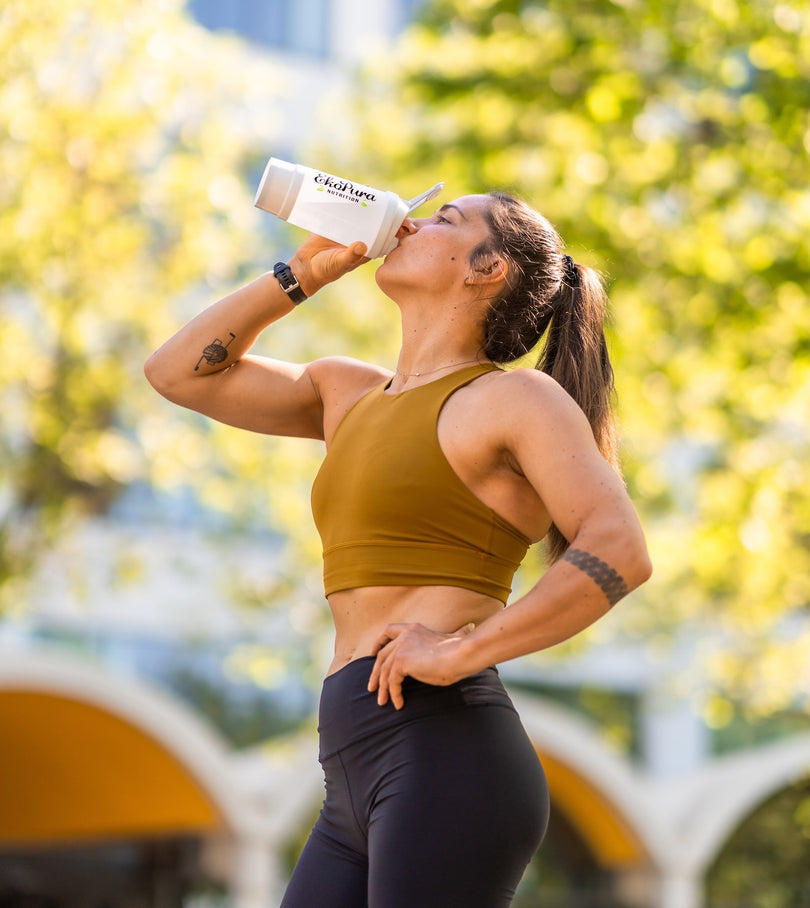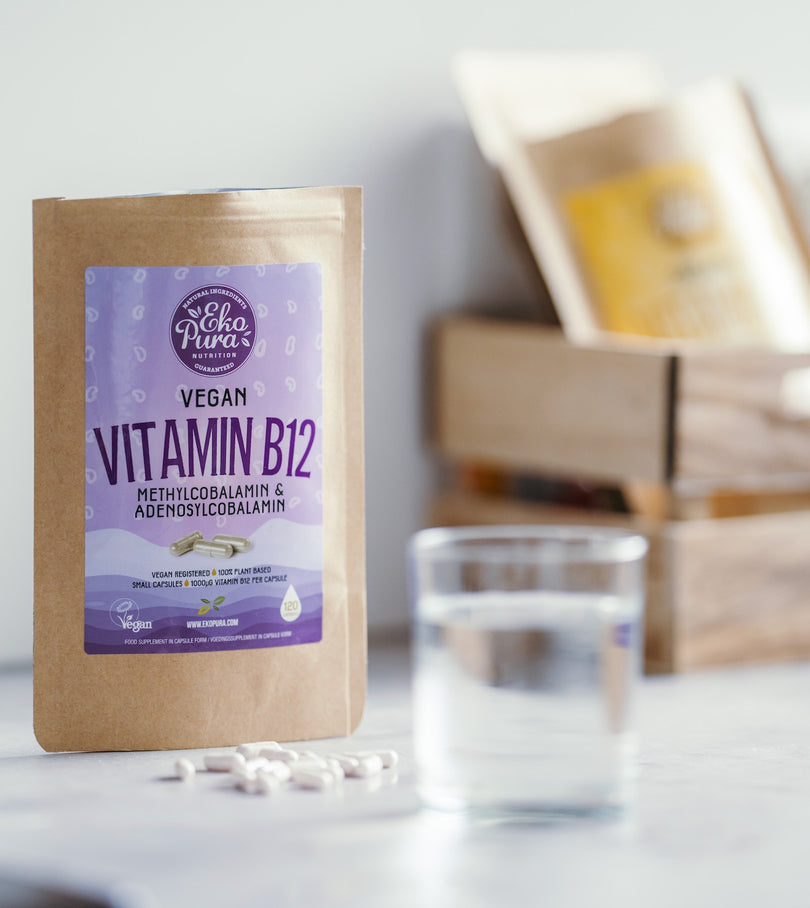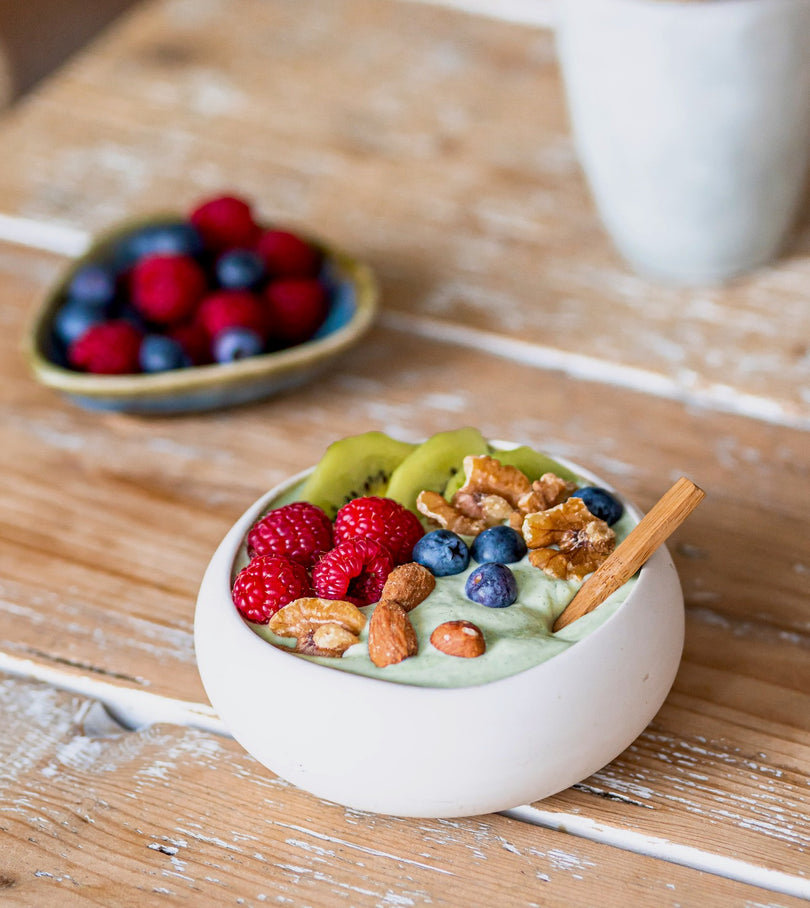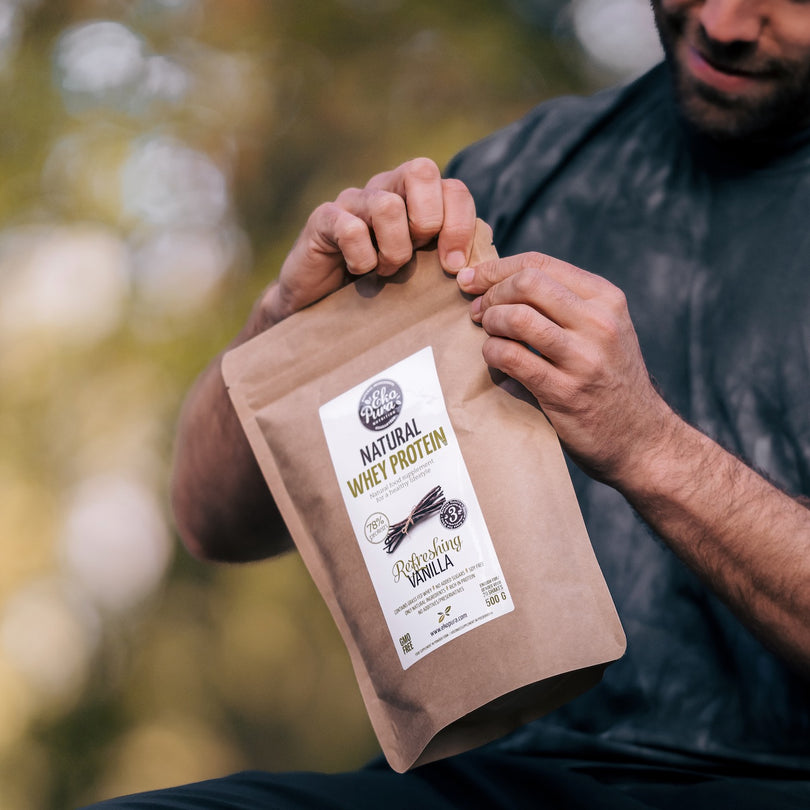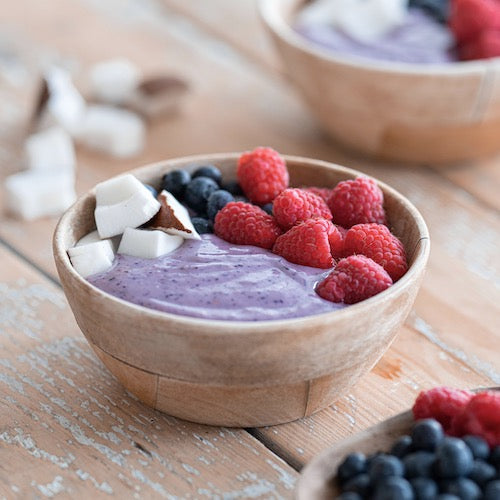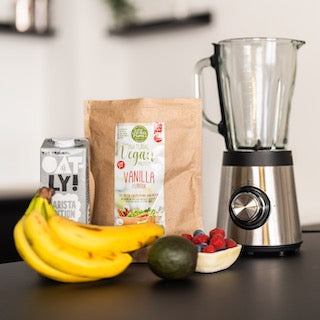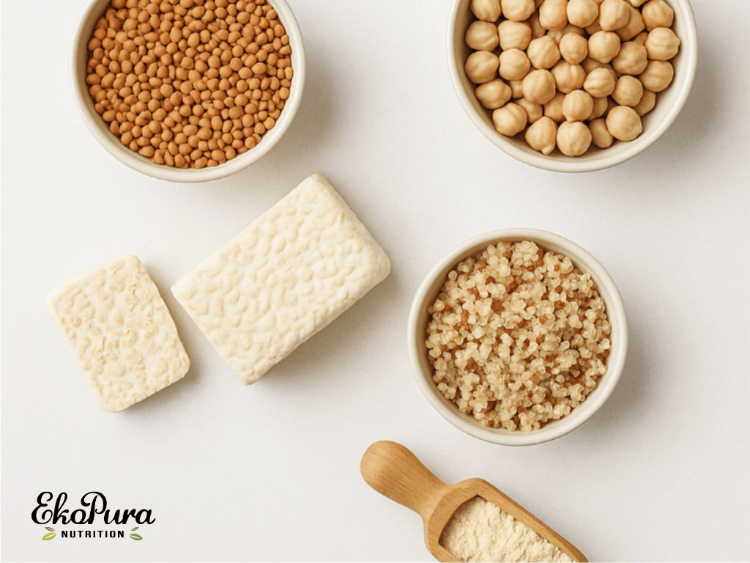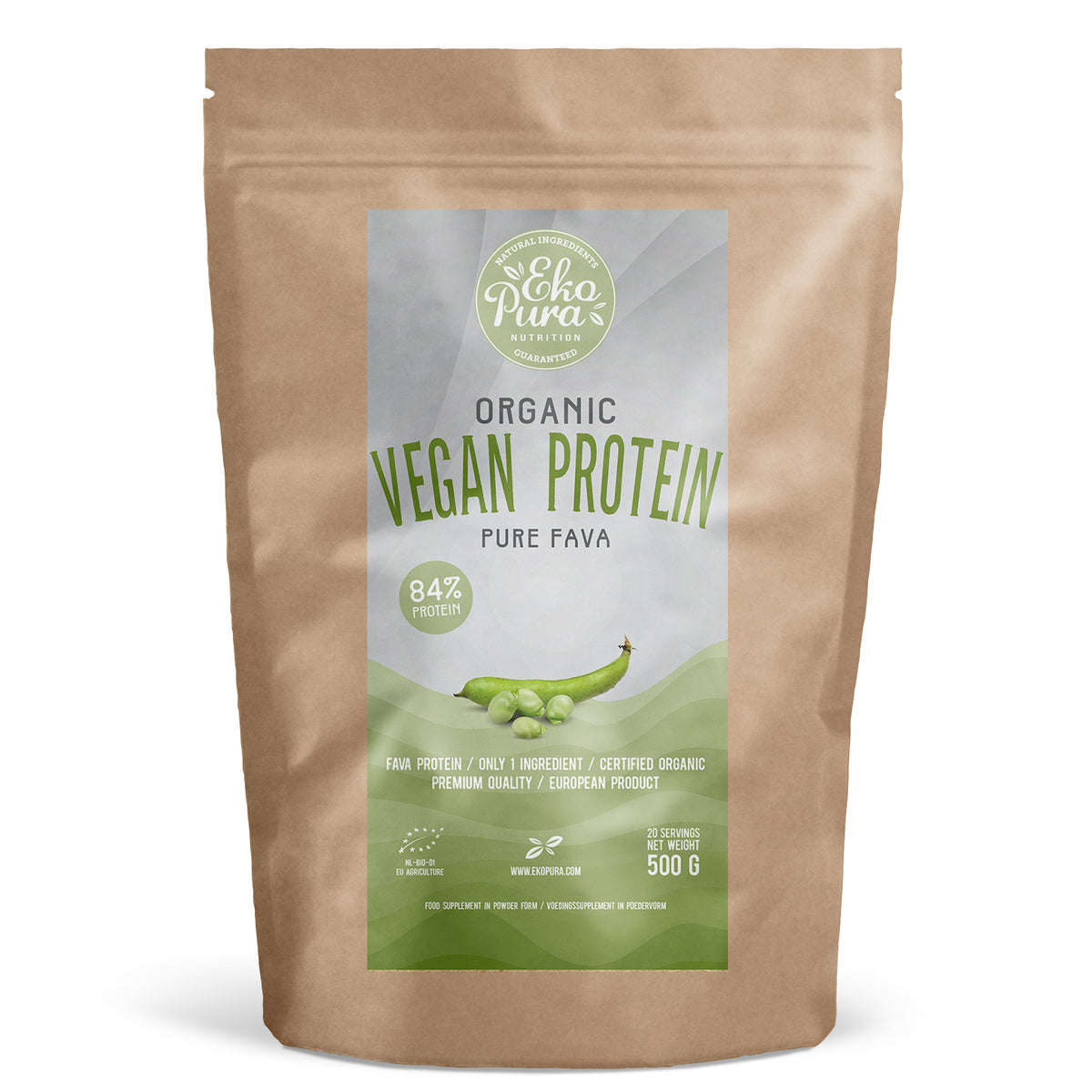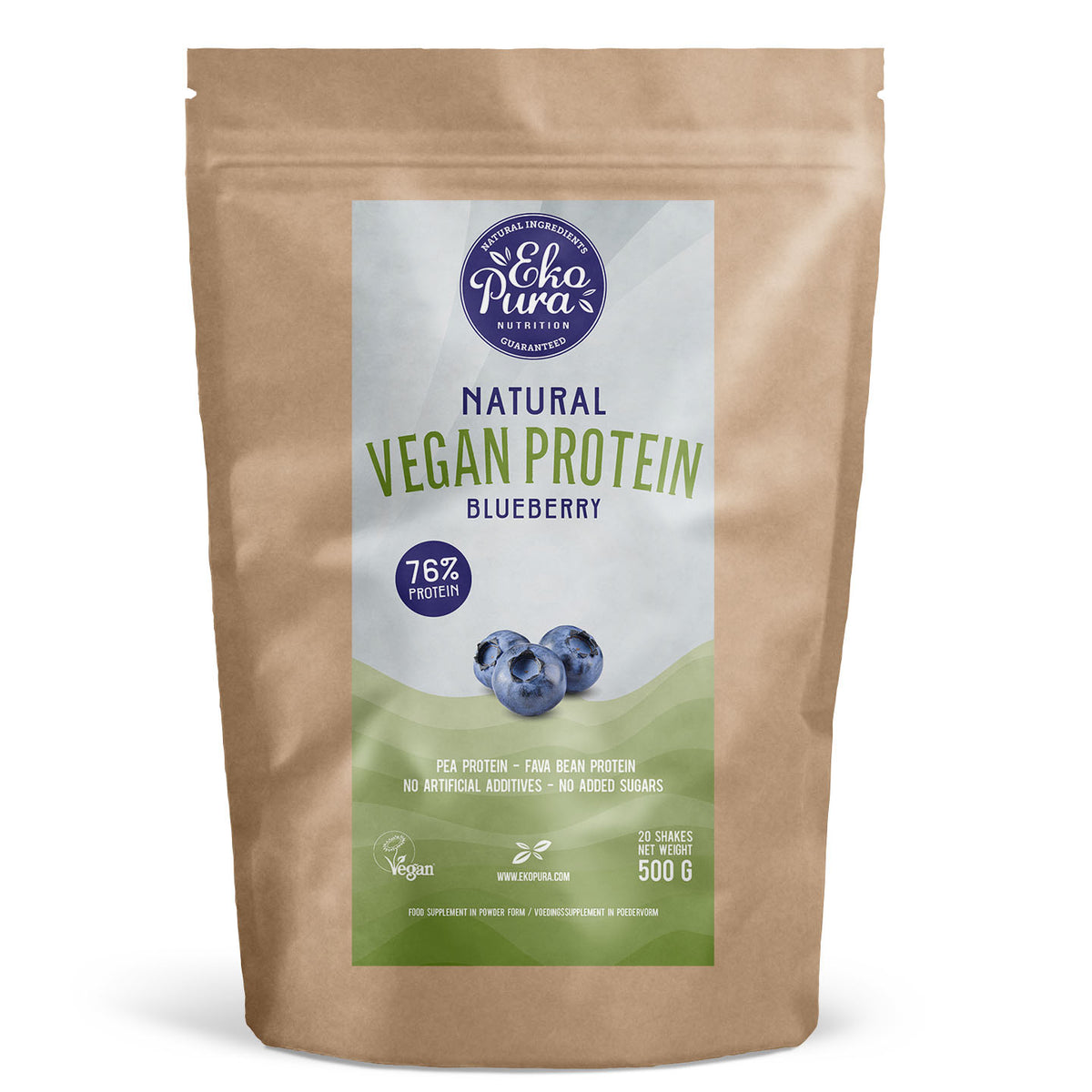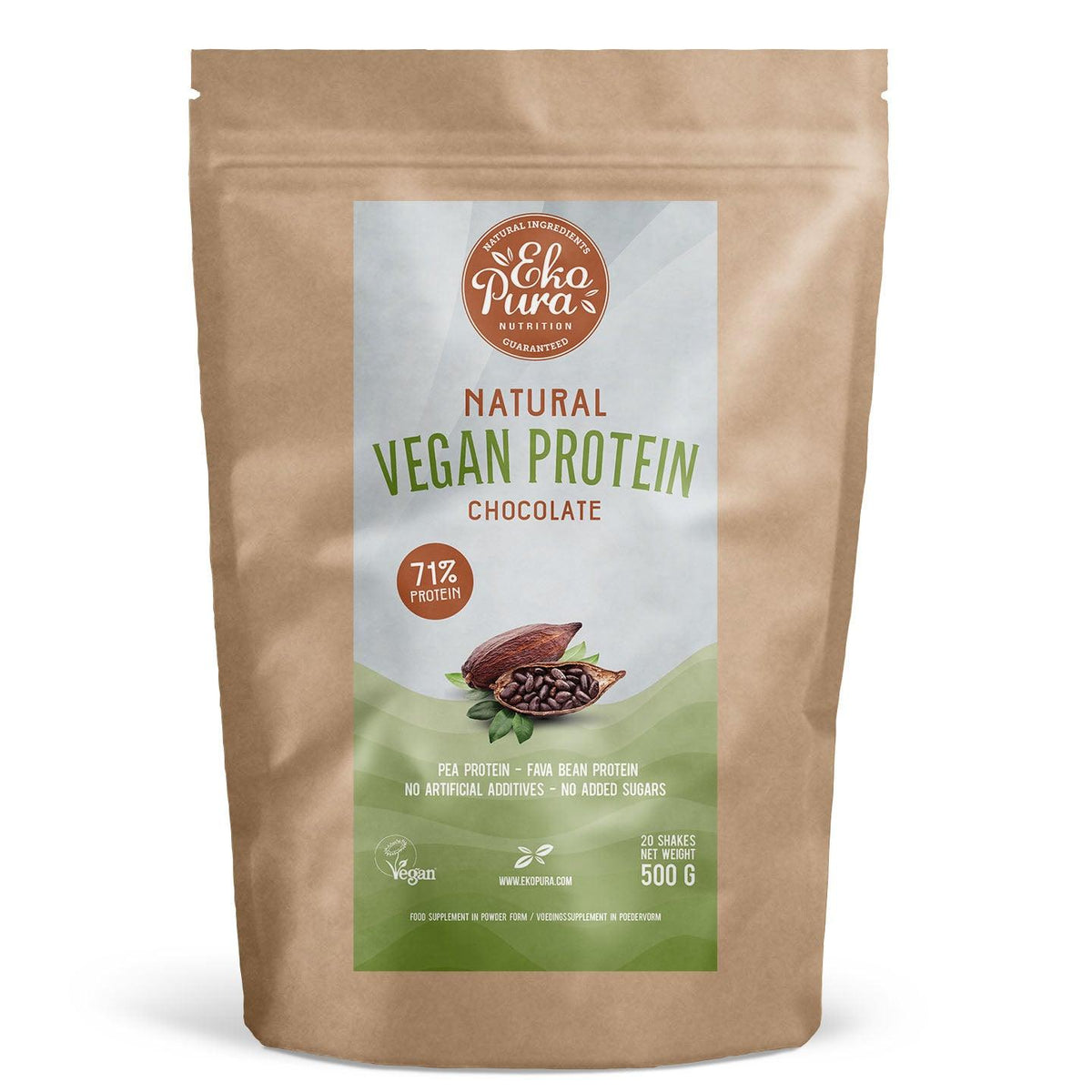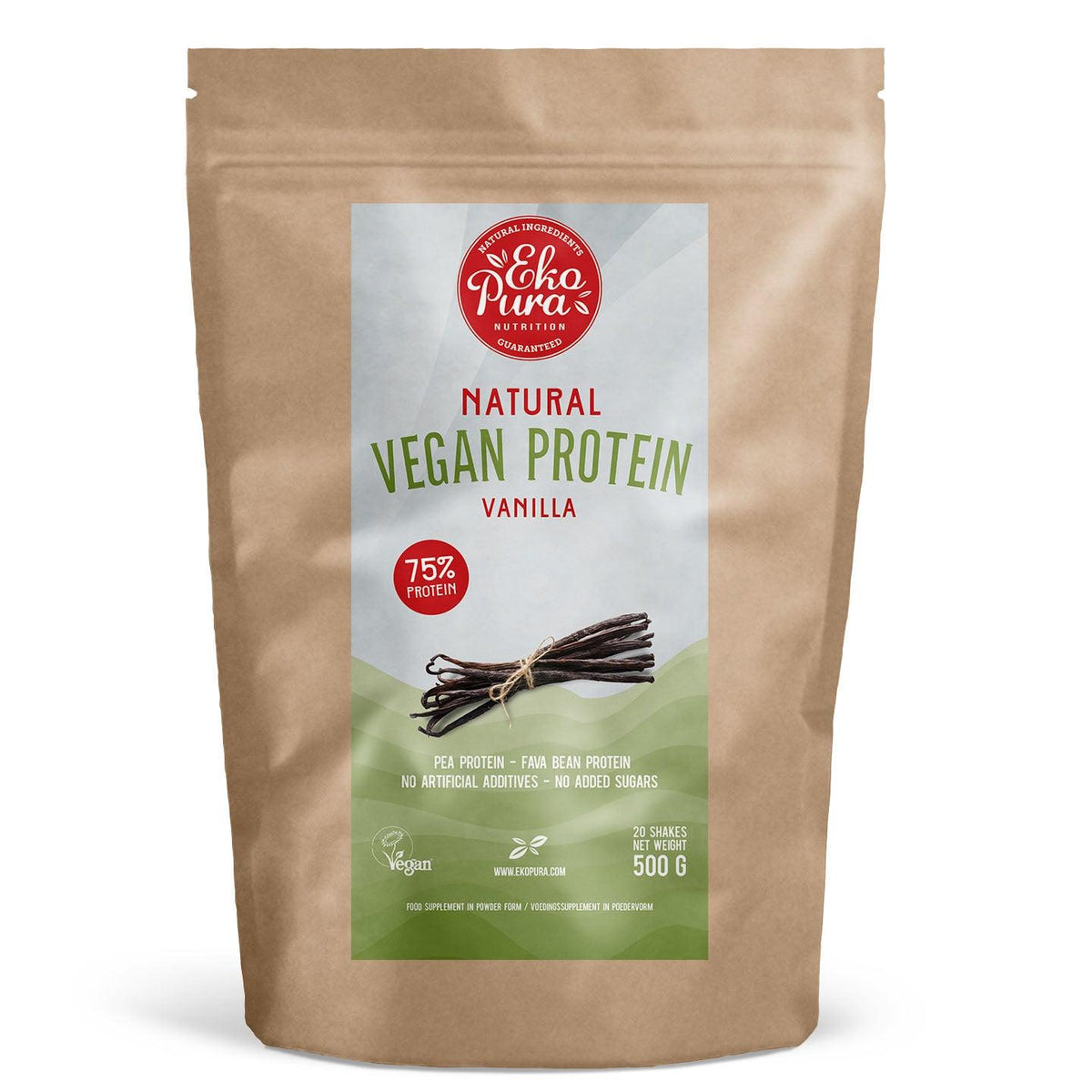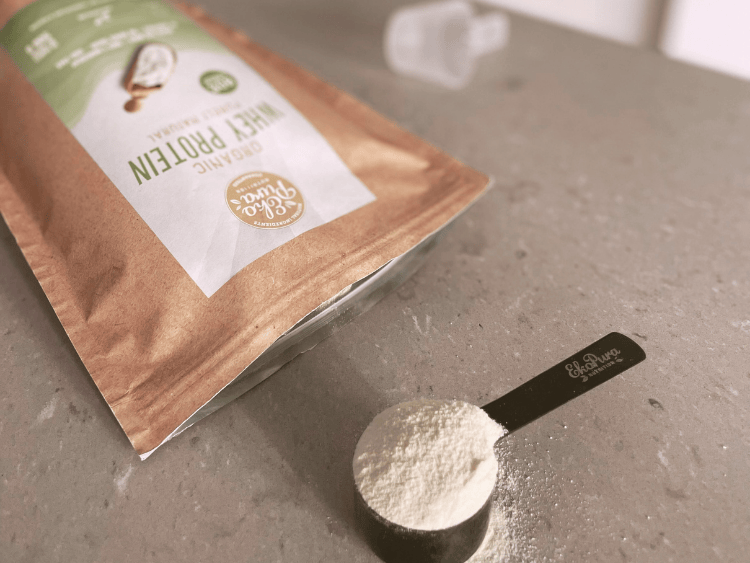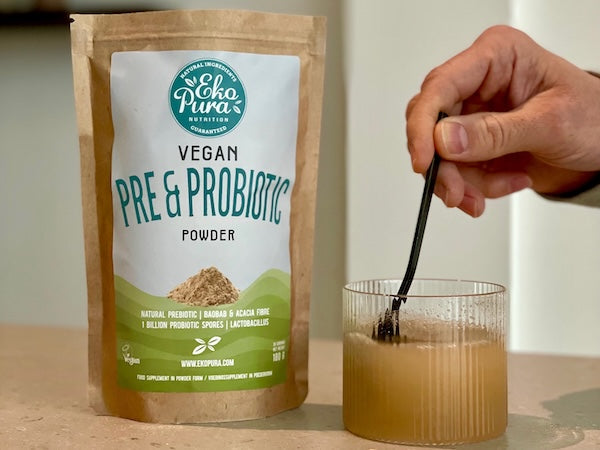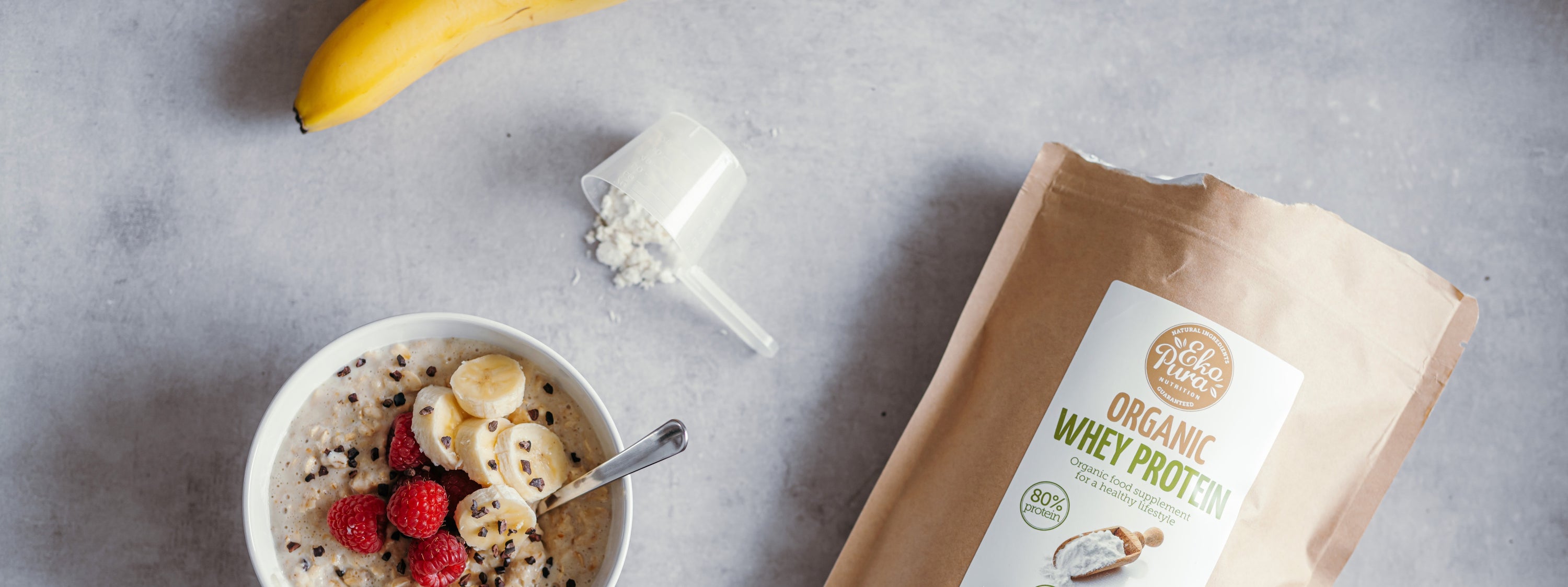Discover the top 5 plant-based protein sources with a complete amino acid profile. Perfect for vegans, athletes, and health-conscious eaters.
Quick Overview: Best Plant-Based Protein Sources
Lentils
Chickpeas
Tempeh
Quinoa
Pea and Fava Protein Powder
Introduction
Whether you're eating plant-based for your health, the planet, or ethical reasons — getting enough high-quality protein is key. Fortunately, nature offers a wide variety of powerful plant-based protein sources. In this article, backed by science and practical experience, we list the top 5 plant-based proteins ideal for anyone who wants to live and perform consciously and sustainably.
What Is the PDCAAS Score?
The Protein Digestibility-Corrected Amino Acid Score (PDCAAS) is the standard for evaluating protein quality. It measures:
The content of essential amino acids
How well the protein is digested and absorbed
The scale runs from 0 to 1.0. The closer to 1.0, the more complete and bioavailable the protein. Animal proteins like whey score 1.0, but plant-based blends like pea and fava can approach the same.

1. Lentils
Why it’s one of the best:
Lentils are rich in protein (9g per 100g cooked), lysine, and fiber. When combined with grains or rice, they offer a complete amino acid profile. They also contain iron and folate.
Backed by:
FAO/WHO (PDCAAS score 0.7–0.8)
Nutrients (2019): lentils described as a "key protein source in sustainable diets"
2. Chickpeas
Why it’s a top plant protein:
Chickpeas offer around 8.5g of protein per 100g, along with fiber, zinc, and folate. Great in hummus (combined with tahini) or with grains to balance amino acids. Their PDCAAS is around 0.78, making them a solid choice in any plant-based diet.
Backed by:
USDA FoodData Central
Journal of Food Science and Technology (2020): "balanced nutritional composition and high protein quality"
3. Tempeh
Why it’s one of the best vegan protein sources:
Tempeh contains all 9 essential amino acids and scores 1.0 on the PDCAAS scale. Fermentation boosts the bioavailability of minerals like calcium. It's also rich in natural probiotics.
Backed by:
J. Nutr. (2000): PDCAAS score 1.0
Frontiers in Microbiology (2021): fermentation enhances nutrient absorption
4. Quinoa
Why it’s a complete plant protein:
Quinoa is a pseudo-grain with all essential amino acids and nutrients like magnesium, iron, and antioxidants. It's gluten-free and easy to digest — great for athletes and those with intolerances.
Backed by:
FAO (PDCAAS ~0.78)
Food Chemistry (2015): “superior grain due to amino acid composition and digestibility”
5. Pea Protein + Fava Protein (Isolate/Concentrate)
Why it’s the best vegan protein powder combo:
Pea protein is rich in lysine and BCAAs like leucine — crucial for muscle growth. Adding fava protein (broad beans) balances weaker amino acids like methionine and creates a near-complete profile (PDCAAS close to 1.0). It also improves texture and is more sustainable.
This combo is used in Ekopura’s vegan protein powders: 100% plant-based, organic, and performance-focused. Developed with nutritionists and free from artificial additives.
Backed by:
Nutrients (2020): pea + fava combo is complementary
J. Int. Soc. Sports Nutr. (2015): pea protein comparable to whey for muscle gain
Frequently Asked Questions (FAQ)
1. What are the benefits of plant-based proteins vs. animal proteins? Plant proteins are often easier to digest, higher in fiber, and better aligned with sustainable eating. They're also cholesterol-free.
2. Can a plant-based diet support muscle growth? Absolutely, with the right combinations. Blends like pea + fava provide all essential amino acids including BCAAs vital for recovery.
3. How much protein do I need as a vegan athlete? It depends on your weight and training level. A general guideline is 1.6–2.2g of protein per kg of body weight. Want to calculate it exactly? Read this article.
4. What's the difference between protein concentrate and isolate? Isolates are more refined with higher protein per gram and fewer fats and carbs. Ideal for max absorption. Concentrates are less processed and better suited for those who prefer minimally refined options.
Conclusion
Protein quality is about more than grams per serving. These five plant-based sources offer:
Complete or balanced amino acid profiles
High digestibility
Additional nutrients like fiber, iron, and antioxidants
At Ekopura, we believe good nutrition starts with pure, natural ingredients — good for your body and the planet. Our approach is science-backed and rooted in years of experience in sports and plant-based nutrition.
👉 Ready to experience the benefits of plant-based proteins for your performance? Try Ekopura’s vegan protein powders!
Sources
- FAO/WHO. (2013). Dietary Protein Quality Evaluation in Human Nutrition: Report of an FAO Expert Consultation. Rome: Food and Agriculture Organization of the United Nations.
- Henley, E. C., & Owen, M. (2003). Protein quality evaluation by protein digestibility–corrected amino acid score. The American Journal of Clinical Nutrition, 77(5), 1096–1101.
- Babault, N., Païzis, C., Deley, G., Guérin-Deremaux, L., Saniez, M. H., Lefranc-Millot, C., & Allaert, F. A. (2015). Pea proteins oral supplementation promotes muscle thickness gains during resistance training: A double-blind, randomized, placebo-controlled clinical trial vs. Whey protein. Journal of the International Society of Sports Nutrition, 12(1), 3.
- USDA. (2024). FoodData Central. United States Department of Agriculture.
https://fdc.nal.usda.gov/ - Wu, H., Sun, J., Xie, B., & Liu, X. (2021). Fermented soybean food products: Their functional, nutritional, and safety properties. Frontiers in Microbiology, 13, 845166.
- Singh, B., & Singh, J. P. (2020). Legumes as a source of dietary protein. Journal of Food Science and Technology.
- Abugoch, L. E. (2015). Quinoa (Chenopodium quinoa Willd.): Composition, chemistry, nutritional, and functional properties. Food Chemistry, 190, 12–18.
- Gorissen, S. H. M., & Witard, O. C. (2020). Characterising the muscle anabolic potential of dairy, meat and plant-based protein sources in older adults. Nutrients, 12(12), 3704.



